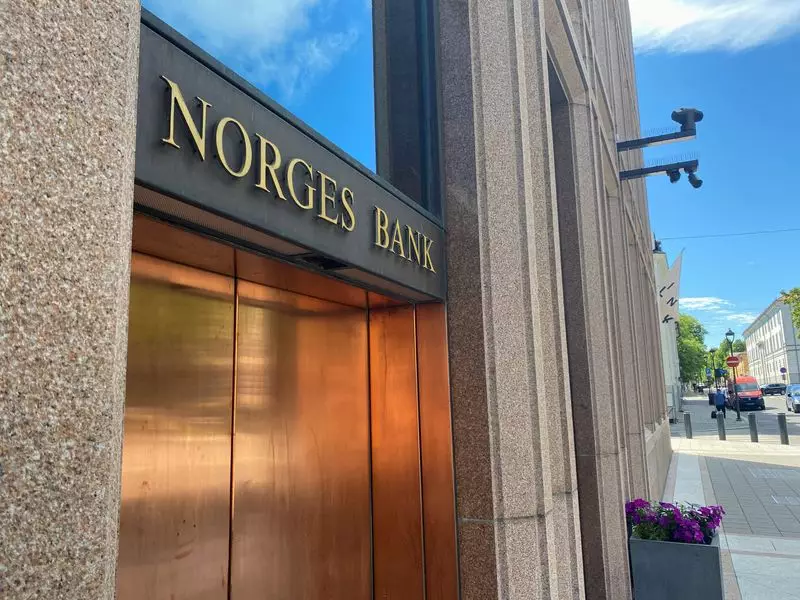On Thursday, Norway’s central bank made a cautious decision to maintain its policy interest rate at 4.50%, a level that has not been seen in 17 years. The move was expected, as indicated by a Reuters poll of financial analysts who unanimously anticipated the outcome. This steadfast approach comes in light of the prevailing economic conditions and signals the bank’s readiness to gradually adapt its strategies in response to evolving market dynamics. There is a consensus that interest rate cuts will commence in March, marking a significant shift in monetary policy as the bank aims to mitigate financial pressures on consumers and businesses.
Norges Bank Governor Ida Wolden Bache indicated that the anticipated cut in March would be the first since May 2020, a noteworthy event that highlights the central bank’s transition towards a more accommodative stance. Notably, economists forecast that the central bank may reduce rates three times in 2025, ultimately aiming for a target of 3.75% by year-end. This trajectory suggests a deliberate approach to align Norway’s monetary policies with broader patterns observed in Western economies, many of whom had already begun implementing reductions as inflation stabilized and economic growth encounters challenges.
Prior to the announcement, the Norwegian crown experienced a slight devaluation, trading at 11.75 against the euro, down from 11.74. The fluctuation in currency value illustrates market sensitivity to central bank decisions and broader economic forecasts. The depicted signs of hesitance in the crown’s performance may signal investors’ trepidation regarding external economic factors, including potential increases in international trade barriers, which could impede global growth and present unpredictable implications for Norway’s economic landscape.
Despite the bank’s awareness of easing inflation rates, it maintained a cautious tone regarding its monetary policy. The core inflation rate, which dropped to 2.7% in December from 3.0% in November, is still above the central bank’s target of 2%. This persistent gap underscores the challenges facing economic policymakers as they strive for stability while responding to external pressures, including rising business costs that could further ignite inflationary trends.
The consensus among financial analysts points to a quarter-percentage point reduction to 4.25% in March, highlighting a collective understanding of the bank’s anticipated direction. Oeystein Doerum, chief economist at the Confederation of Norwegian Businesses (NHO), emphasized that the forthcoming rate meeting would be crucial for discussing the trajectory of future rate changes. Stability in consumer prices has shown promise; however, the bank remains vigilant regarding potential volatility due to external economic headwinds.
Norway’s central bank stands at a crossroads, balancing a historically high interest rate with the necessity for future reductions amid changing economic conditions. As the bank prepares to navigate the complexities of domestic and international influences, careful monitoring of inflation and currency movements will be essential in shaping effective monetary policy moving forward.

